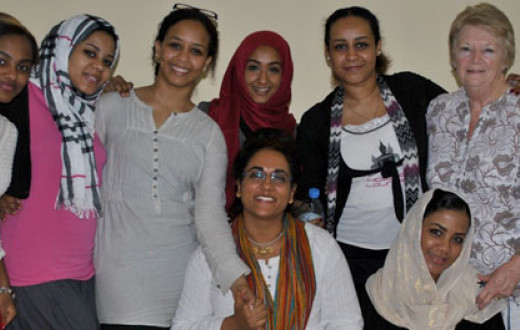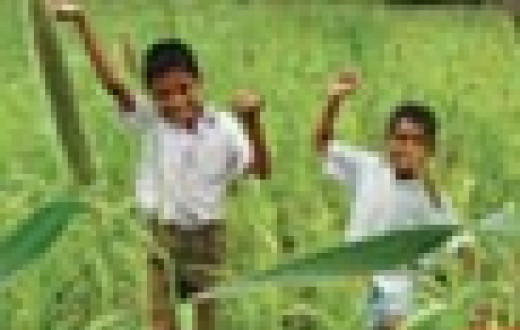With 821 homes lit, Karnataka’s Soliga tribe welcomes electricity in the village
It was a new sight. Seeing a bright light inside a hut in the middle of the day. No, it was not sunlight. This unusual sight gathered attention, and soon there was a little crowd outside the little hut. A chuckle, some smiles, some enthusiastic clapping, and some rushing away to call others. The center of attention was not an oddity. Instead, it was a simple sight: the lamp.
What was unusual was that it was solar energy. In a tribal hamlet that had never received electricity earlier. It was the first time that electricity found its way in this area of Biligiriranga Hills, Karnataka, India. And the Soliga tribes were not complaining.
Children of the Bamboo
Renowned for their forest preservation techniques, the Soliga tribe are also famed for their folk music. The tribe’s name translates to, ‘Children of the Bamboo.’ Nestled in the Biligiriranga Hills (BR Hills), the Soligas are known to worship nature. A unique bio-geographic link between the Eastern and Western Ghats, BR Hills is an essential ecological bridge in the Deccan Plateau of India.
Barely 200 kilometers away from Bengaluru, the IT capital of India, BR Hills is famous amongst nature lovers and adventure enthusiasts. Its unassuming residents, the Soliga tribal community, survive on sustainable cultivation, and minor forest produces. There are a few difficulties in daily living which seemed to get better on the significant day of June 13, 2017.
Light reaches home
The tribals were in for a surprise. Trekking up their familiar terrain was an unfamiliar sight. A group comprising a Taiwanese movie director, the chief executive officer of a company, an official from the Karnataka Forest Department and some locals from Chamrajnagar were on the horizon.
The surprise and awkwardness between the two group melted after some time. The just-arrived guests were good Samaritans. They had raised funds to distribute solar lamp kits under the ‘Light-A-Home’ project. The faces of the tribals lit up as they realized what this meant: an opportunity to make work at night easier, more study time for their children, easier access to emergency medical care even in the night. Not to mention less usage of kerosene. The volunteers explained: “Each solar lantern and home lighting system, in its life of 10 years, replaces about 500-600 liters of kerosene, mitigating about 1.5 tonnes of CO2.” Rural electrification was going to be an added advantage in the natural landscape of BR Hills.
Superhero called solar energy
If technology could take on a superhero persona, the simple-looking solar lamp would surely be in the offing. It’s life-enhancing qualities and simplicity of design was easily understood by the tribals. They appreciated the unbreakable plastic body, the waterproof battery with its ability of lasting 24 hours.
The passion of the 22-member Taiwanese group caught on with the tribal community as the two shared slices from their lives. 821 tribal families were given solar lamps. “This is just a small start,” shared a school teacher from Taiwan, who also teaches The Art of Living meditation program.
The team installed almost 20 solar lamps and is now looking forward to conducting training workshops which will focus on the maintenance and repair of the solar lamps. “We are in talks with the Panchayat and village chief to bring some villagers and train them to make the project more reliable and sustainable,” said a team member.
As the day comes to a close, the parting groups symbolize a new beginning. The Soliga tribes, hopefully, would enjoy the benefits of solar energy while the group of volunteers returns more inspired. There are many more homes to lit.
The birds in the forests of BR Hills seemed to join the humming Soliga voices as they bid their new-found friends, goodbye.
Through similar initiatives, the ‘Light A Home’ project has reached out to over 19,800 households in India, benefiting 65,000 people. This is a small step towards better rural electrification as one looks at the staggering numbers. It is said that one in every six households in India does not have electricity. The project hopes to change these numbers through the distribution and construction of initiatives like solar lanterns, solar-based battery charging station, community-based biogas plants, and microgrid systems.
The initiative to distribute solar lights is undertaken by the Sri Sri Rural Development Program (SSRDP) of The Art of Living. Established in 2001, SSRDP operates with the aim to empower rural India through various initiatives.
For project inquiries, write to chaitanyas@ssrdp.org
Source: The Art of Living Bureau of Communication

















